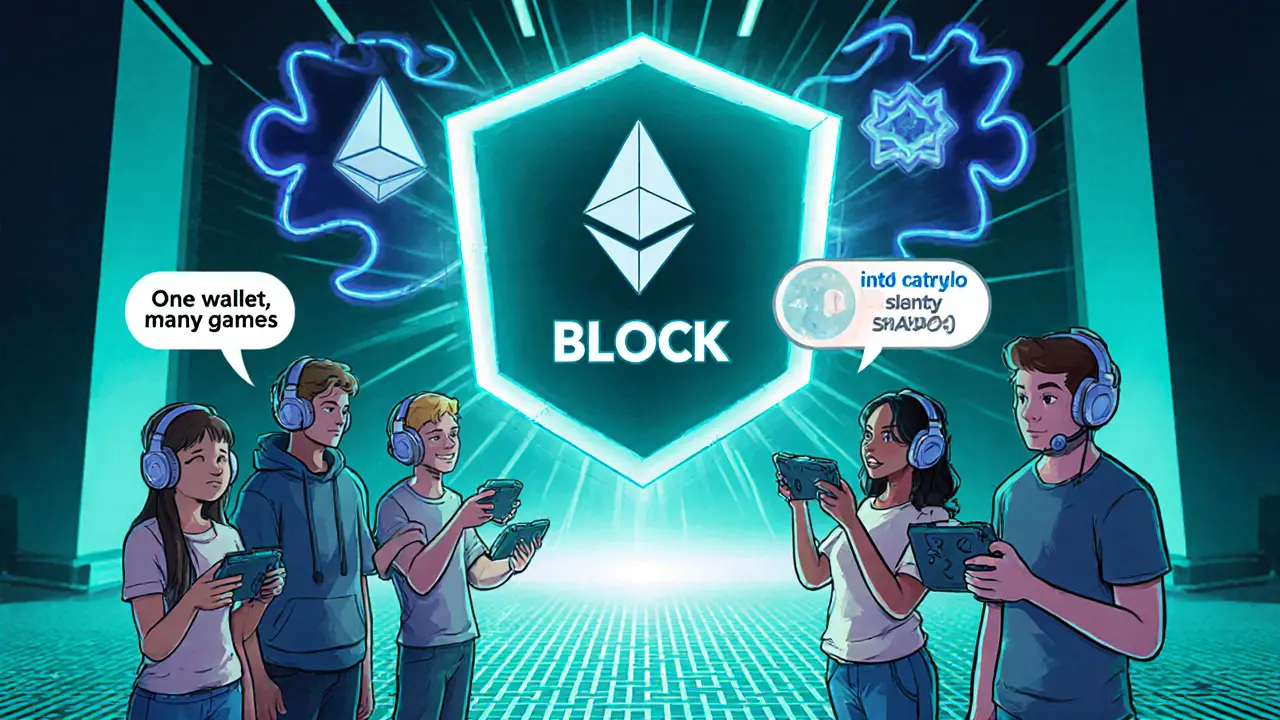Tokenomics: Understanding Crypto Token Economics
When you hear tokenomics, the study of how a crypto token’s supply, distribution, and utility interact to create value, you’re looking at the financial DNA of any cryptocurrency token, a digital asset that lives on a blockchain and can be transferred, spent, or staked. In practice, tokenomics tells you how many coins will ever exist, who gets them, when they become available, and what you can actually do with them. An airdrop, a free distribution of tokens to a community that can instantly change supply dynamics is a common shortcut that can dramatically reshape those numbers overnight, because it injects fresh supply and often triggers a wave of trading activity. Because tokenomics encompasses token supply mechanisms, requires clear utility design, and is influenced by distribution events like airdrops, every investor, developer, or analyst needs a quick‑readable framework to judge whether a project’s economics are sound or just hype.
Key Elements That Drive a Token’s Value
First, total supply – the maximum number of tokens that will ever be minted. Some projects lock the supply at launch (e.g., Bitcoin’s 21 million cap), while others allow a controlled inflation rate that keeps adding new coins each year. Second, the distribution schedule – how those tokens are allocated over time through private sales, public offerings, mining rewards, staking yields, or community incentives. Vesting periods, lock‑up dates, and token release cliffs are all part of this schedule and directly affect market pressure. Third, utility – the real‑world or protocol functions the token powers, such as paying transaction fees, governing a DAO, accessing premium services, or earning staking rewards. A token that merely exists as a speculative asset without clear use‑cases tends to lose value once the initial excitement fades.
These three attributes live on a blockchain, a decentralized ledger that records every token movement and ensures transparency, which is why the underlying tech matters just as much as the token design. For example, a token built on a high‑throughput chain can support rapid micro‑transactions, opening doors for payment‑related utility, while a token on a slower, more secure chain might gravitate toward governance or store‑of‑value roles. Token burns (permanent removal of circulating coins) and token swaps (moving from one standard to another) are additional levers that can create scarcity or refresh a token’s ecosystem. The articles in this collection dive into real‑world cases – the supply‑capped model of Wexo (WEXO), the inflationary design of Dreamcoin (DRM), and the aggressive airdrop mechanism of Cryptopolis (CPO) – to show how each element plays out in practice.
Beyond pure economics, tokenomics is tightly linked to market access, regulatory environment, and exchange listings. A token that secures a spot on a reputable exchange often sees a boost in liquidity, which can smooth out price volatility caused by supply shocks like sudden airdrops. Conversely, a token caught in a jurisdictional ban (think Kuwait’s crypto prohibition or India’s evolving payment rules) may see its utility shrink, regardless of how clever its economics are. Our guide library also covers how non‑KYC platforms, DeFi lending protocols, and token‑backed stablecoins affect distribution dynamics and investor confidence. By the end of this section, you’ll have a clear checklist to evaluate any token’s economics: check the total supply, map the vesting and release plan, verify the utility, and assess the blockchain’s capabilities. Below you’ll find in‑depth articles that break down these points with charts, step‑by‑step calculations, and real‑world risk assessments, giving you the tools to read tokenomics charts like a professional and make smarter decisions.
Now that you understand the building blocks, explore the curated list of posts that apply these concepts to actual projects, exchange reviews, and regulatory updates. Each guide offers practical insight you can act on – whether you’re sizing up a new airdrop, comparing token supply models, or checking how a blockchain’s speed impacts token utility. Dive in and start mastering tokenomics today.
BlockProtocol (BLOCK) Coin Explained - Basics, Tokenomics & Current Price
Learn what BlockProtocol (BLOCK) is, its tokenomics, market performance, key investors, where to trade, and risks-all in a clear, easy-to-read guide.





